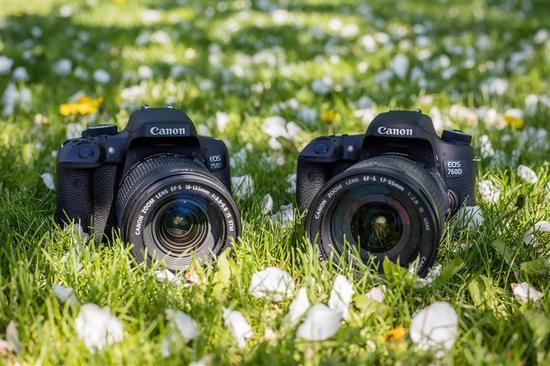In the captivating world of photography, composition is the cornerstone that can transform an ordinary snapshot into a visually stunning work of art. Among the many principles of composition, achieving balance is a fundamental yet powerful concept that every beginner should grasp.

Understanding Balance
Balance in photography refers to the distribution of visual elements within the frame in a way that creates a sense of stability and harmony. It doesn’t necessarily mean that everything is evenly spaced or symmetrical. There are two main types: symmetrical and asymmetrical balance. Symmetrical balance occurs when the elements on either side of the center are mirror images of each other. This type of balance often imparts a sense of formality, order, and calmness. For example, a photograph of a grand cathedral with its two identical towers perfectly aligned on either side of the central doorway showcases symmetrical balance. It draws the viewer’s attention to the center and emphasizes the stability and grandeur of the structure.
Asymmetrical balance, on the other hand, is more dynamic and engaging. It involves the arrangement of unequal elements in a way that still feels balanced. This could be a small, brightly colored object on one side of the frame counterbalanced by a larger, darker object on the other. The visual weight of different elements such as color, size, shape, and texture come into play. A single red flower in the foreground on the left might be balanced by a cluster of green leaves in the background on the right. The intense color and prominence of the flower is offset by the larger mass and muted color of the leaves, creating an overall sense of equilibrium.
Techniques for Achieving Balance
Rule of Thirds: This is a widely used guideline for beginners. Imagine dividing the frame into a 3×3 grid. Placing key elements along the lines or at the intersections of these gridlines often results in a more balanced and interesting composition. For instance, when photographing a landscape, positioning the horizon along the bottom or top third line and placing a prominent tree or a rock formation at one of the intersections can add depth and balance.
Using Leading Lines: Lines within the scene, such as a winding path, a fence, or the edge of a river, can guide the viewer’s eye and contribute to balance. These lines can lead from one side of the frame to the other, creating a visual flow that helps distribute the attention evenly. If a leading line starts from the bottom left corner and curves towards the upper right, it can be balanced by having an interesting object or a group of objects at the end of the line or in the opposite corner.
Color and Contrast: Colors have different visual weights. Warm colors like red and orange tend to appear heavier and more prominent than cool colors like blue and green. By carefully choosing and distributing colors within the frame, you can achieve balance. A photograph with a large area of blue sky can be balanced by a small patch of vibrant orange in the form of a setting sun or a flower. Contrast in brightness and texture also plays a role. A smooth, shiny object can be balanced by a rough, dull one.
Practice and Experimentation
The key to mastering balanced composition is practice. Go out and photograph different scenes, deliberately applying the concepts of balance. Try both symmetrical and asymmetrical arrangements. Analyze your photos afterward, noting what works and what doesn’t. Experiment with different angles, perspectives, and combinations of elements. Don’t be afraid to break the rules once you understand them, as some of the most striking photographs are those that play with balance in unexpected ways.
In conclusion, learning to create balanced compositions is an essential step in a beginner’s photography journey. It takes time and patience, but with a solid understanding of the principles and continuous practice, you’ll be able to capture images that not only look good but also convey a sense of harmony and visual appeal, allowing your photographs to truly stand out and tell a story.
